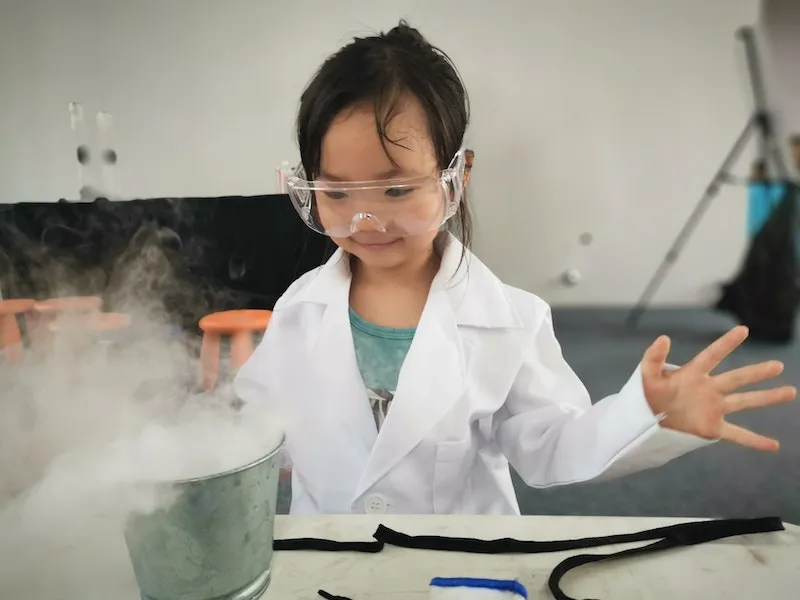Science communication for kids

Science communication helps share stories about scientific research, results and achievements. It helps to make science meaningful to the community, businesses and government. But who should be communicating science? Is it just adults, scientists, and communicators?
Young people are as important in science communication as anyone else. Science communication is already a much larger part of a young person’s world than you may realise.
Science communication isn’t just about adults talking about the latest peer-reviewed paper. It is also about communicating the wonder of science in everyday things. Recipes communicate the chemistry of cooking. Science communication passes on knowledge about which plants grow best in which areas so that we can produce beautiful gardens and food.
Science communication is everywhere in the everyday little things we take for granted, but it’s also in the big stuff. For example, doctors can be some of the best science communicators. They explain what is wrong with us and what we need to do to be healthier.
If science communication is in all the things we do, then it means that everybody can be involved. It is never too soon to start being a science communicator.
Science communication can take many forms. It can be an article, a report, an infographic or a speech. It can be an animation, a storybook, a song, a painting, a video, a blog, social media, or a conversation around the dinner table or in the schoolyard.
If we share science with everyone in the community, our everyday actions can create a more sustainable planet. If governments see how important science is to us through our communication and other action, they can develop policies so our country can address a range of science and environment challenges.
We must encourage all people, young and old, to speak out about the amazing science they learn, and to openly share their passion for science. This is especially important for kids, as they will one day be our leaders.
Scientell has been involved in a range of projects to communicate science for young people. For example, we produced a series of worksheets for primary students based on the ACT State of the Environment (www.scientell.com.au/projects/act-state-of-the-environment-report-for-young-people/); developed curriculum-linked resources for a smartphone game (www.scientell.com.au/projects/school-education-kit-for-smartphone-game/) and have written books about science for kids (www.scientell.com.au/projects/imagining-the-future-popular-childrens-book).
Citizen science is a great way for people to get involved with science communication and science. You don’t need a qualification or a lab coat to be involved in citizen science. Usually, all you need is a curious mind and a phone or a pen and paper. Citizen science programs include everyday people collecting data about things like frogs, water or the air. The data you collect help our scientists understand more about our environment. It is a great way to get involved with science, no matter your age, job or skill set.
Below are some resources about science communication and how to get involved with citizen science programs in Victoria.
Science communication and Victorian citizen science resources
Science communication
Australian Science Communicators
What is science communication? www.asc.asn.au/site-help/
Author:
Date Posted:
November 12, 2022
